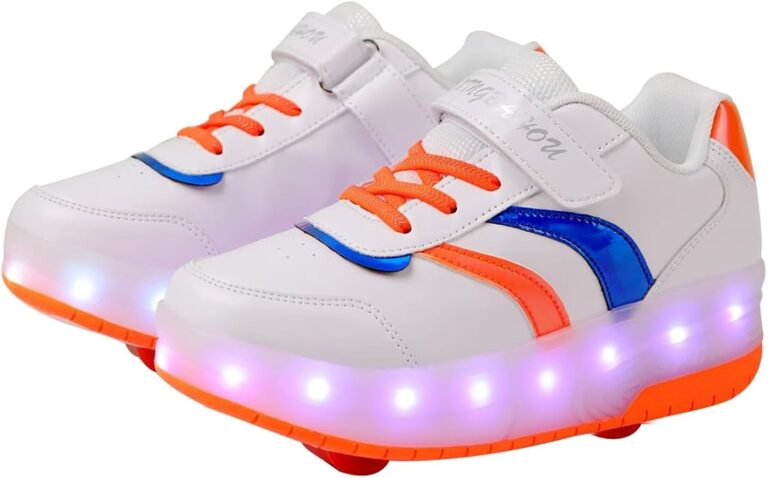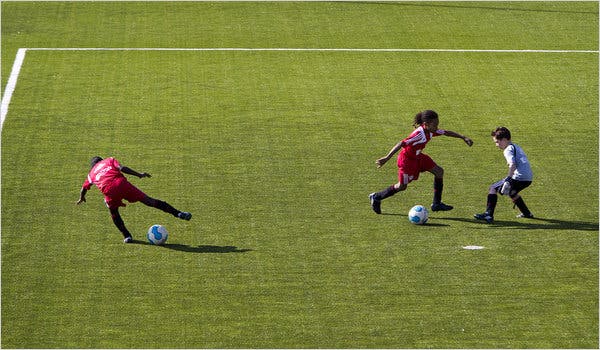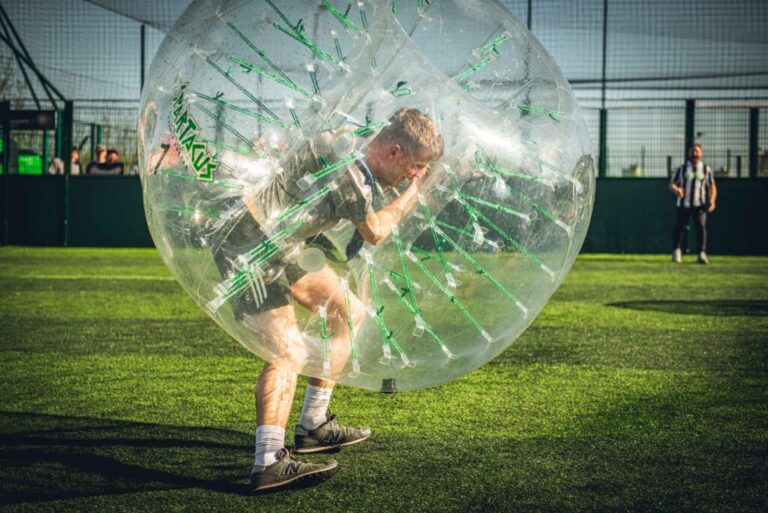When the thermometer hits 0 degrees Celsius, you need a ski jacket that offers unbeatable warmth, protection, and comfort. The best ski jacket for 0 degrees is one that combines insulation, waterproofing, and breathability to keep you cozy without overheating. Among the top picks, Gore-Tex insulated jackets and down-filled ski jackets stand out as the ultimate solutions. But how do you choose the right one for your needs?
In this article, we’ll explore everything you need to know about ski jackets for freezing temperatures. We’ll compare top-rated brands, dive into key features, and answer FAQs to ensure you hit the slopes with confidence.
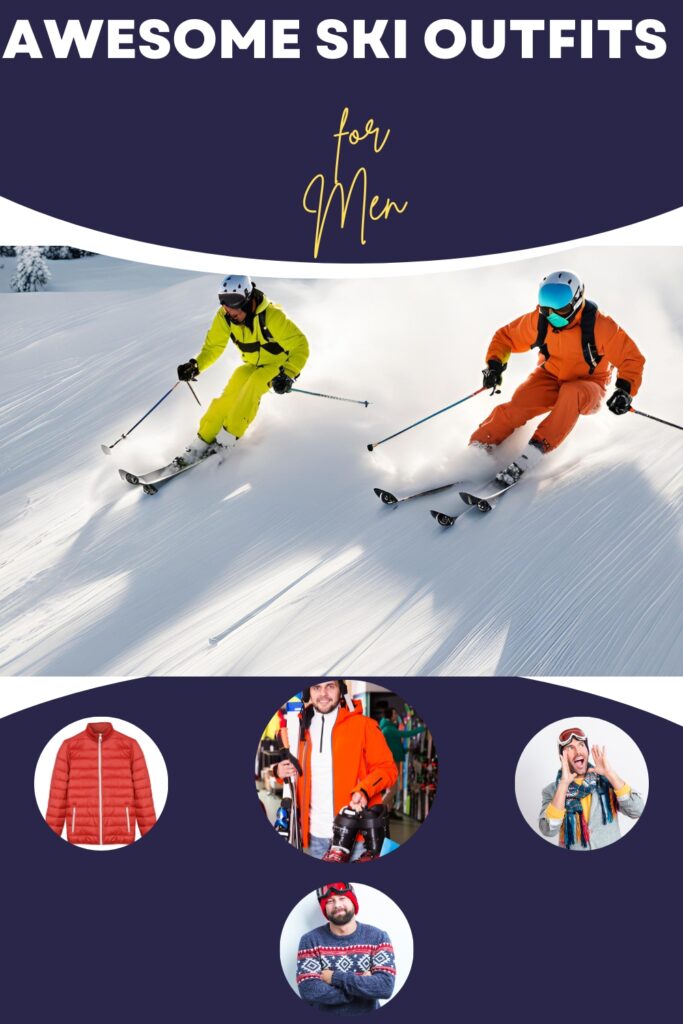
Read also: Look Good, Ski Better: 10 Must-Have Ski Outfits for Men in 2025
Why You Need the Right Ski Jacket for 0 Degrees
A good ski jacket doesn’t just keep you warm—it’s a lifesaver against hypothermia and frostbite. At 0°C, the combination of cold air and wind chill can feel much colder, especially at higher altitudes. A poorly designed jacket can result in discomfort or worse. Here’s why choosing the right jacket matters:
| Feature | Importance |
|---|---|
| Insulation | Keeps body temperature stable in freezing conditions. |
| Waterproofing | Prevents moisture from seeping in through snow or rain. |
| Windproofing | Protects against harsh winds at high altitudes. |
| Breathability | Avoids overheating and sweat buildup during activity. |
Features to Look for in a Ski Jacket
- Insulation Type
- Down Insulation: Provides maximum warmth but less effective when wet.
- Synthetic Insulation: Retains warmth even in damp conditions and is more affordable.
- Waterproof Rating
- Look for jackets with at least 10,000 mm waterproofing. Gore-Tex materials offer the best protection.
- Breathability Rating
- Ideal ratings are 10,000 g/m² or higher to prevent sweating during active skiing.
- Fit and Style
- A snug fit keeps warmth trapped but ensures freedom of movement.
- Ventilation Features
- Pit zips and mesh-lined vents allow you to regulate heat.
- Pockets and Accessories
- Ski jackets with dedicated goggle pockets, ski pass holders, and handwarmer pockets add convenience.
Top 5 Ski Jackets for 0 Degrees
| Jacket Name | Key Features | Price Range ($) |
|---|---|---|
| Arc’teryx Sabre AR | Gore-Tex Pro, durable, excellent fit | $650 |
| Patagonia Insulated Snowshot | Eco-friendly, H2No waterproofing | $379 |
| The North Face ThermoBall Eco | Lightweight, synthetic insulation | $299 |
| Helly Hansen Alpha 3.0 | PrimaLoft insulation, stretch fabric | $450 |
| Burton AK Gore-Tex 2L | Superior waterproofing, lightweight | $599 |
FAQ Section
Q: How warm is a ski jacket for 0 degrees?
A: A well-insulated ski jacket with proper layering can keep you warm even in sub-zero conditions. Look for jackets with high fill power for down or quality synthetic materials.
Q: Should I layer under a ski jacket for 0 degrees?
A: Yes, layering is crucial. Start with a moisture-wicking base layer, add a fleece or insulated mid-layer, and finish with a waterproof ski jacket.
Q: What’s the difference between water-resistant and waterproof jackets?
A: Waterproof jackets, like those with Gore-Tex, completely block out moisture, while water-resistant ones can repel light rain but aren’t ideal for heavy snow.
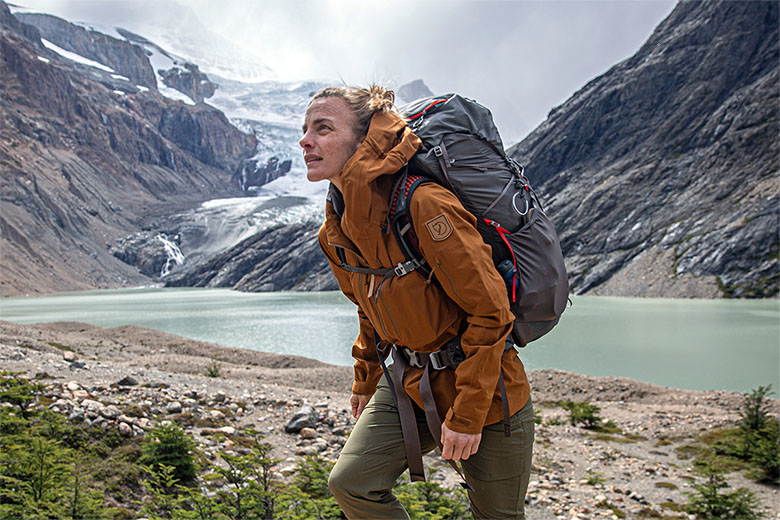
Statistics on Ski Jacket Performance
- 70% of skiers prefer synthetic insulation for its versatility in wet and dry conditions.
- 80% of premium jackets offer waterproofing above 10,000 mm.
- 30% of skiers experience overheating due to poor breathability in their jackets.
Layering Tips for Maximum Warmth
For 0-degree skiing, layering is just as important as the jacket. Here’s a quick guide:
- Base Layer:
- Materials: Merino wool or synthetic fabrics.
- Example: Icebreaker 200 Oasis.
- Mid-Layer:
- Options: Fleece or lightweight down jacket.
- Example: Patagonia R1 Fleece.
- Outer Layer:
- Waterproof, insulated ski jacket.
- Example: Arc’teryx Sabre AR.
Choosing the Right Ski Jacket for Your Needs
For Beginners:
Opt for a jacket like the Patagonia Insulated Snowshot, which offers great value and balanced features.
For Advanced Skiers:
Choose a jacket like the Arc’teryx Sabre AR for its durability and superior performance.
For Budget-Conscious Skiers:
The Columbia Whirlibird IV Interchange is a versatile 3-in-1 option under $300.
Read Must: Skiing in Normal Clothes: Why It’s a Slippery Mistake
Advanced Features to Consider
- Recco Reflectors
- Embedded in some high-end ski jackets, these help rescuers locate you in case of an avalanche.
- Powder Skirts
- Elastic bands inside the jacket prevent snow from entering during falls.
- Adjustable Hood
- Helmet-compatible hoods add extra protection without compromising comfort.
- Cuff Adjustments
- Velcro or elastic cuffs seal out wind and snow from the sleeves.
Care and Maintenance of Ski Jackets
A good ski jacket is an investment, and proper care ensures it lasts for years.
- Washing
- Use a specialized detergent for waterproof fabrics, such as Nikwax Tech Wash.
- Avoid regular detergents, as they can strip waterproof coatings.
- Drying
- Air-dry or tumble dry on low heat with dryer balls to restore loft in insulated jackets.
- Re-waterproofing
- Reapply Durable Water Repellent (DWR) spray if water starts soaking into the fabric.
Comparing Insulation Types: Down vs. Synthetic
| Feature | Down | Synthetic |
|---|---|---|
| Warmth-to-Weight | Excellent | Very good |
| Performance When Wet | Poor | Retains warmth |
| Durability | Long-lasting with care | Less durable over time |
| Eco-Friendliness | Natural but not always ethical | Recyclable options available |
Conclusion
Choosing the best ski jacket for 0 degrees ensures you stay warm, dry, and comfortable while enjoying the slopes. Jackets like the Arc’teryx Sabre AR and Patagonia Insulated Snowshot offer premium features, while budget-friendly options like the Columbia Whirlibird IV provide great value.
Final Tips:
- Always prioritize waterproofing and breathability.
- Consider your skiing style and climate when selecting insulation.
- Layer appropriately for maximum warmth.
Invest in the right ski jacket, and you’ll enjoy every moment on the slopes—even in freezing temperatures!


